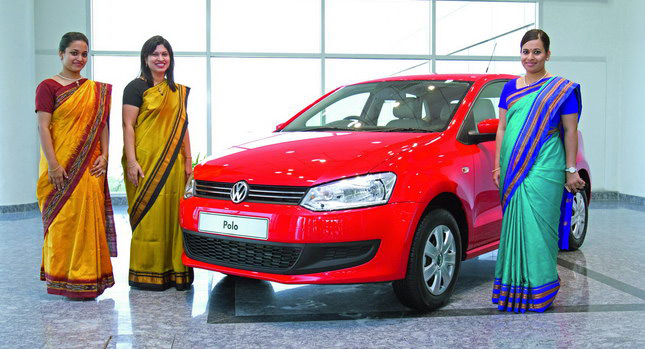One would think that 12 brands, which are currently owned by Europe’s number one and the world’s number three automotive group, would be enough. Apparently, they are not: VW Group executives must have had their fingers crossed behind their backs when they recently vowed to put an end to their brand shopping spree.
While VW is not going to buy another carmaker yet (as far as we know, at least) it is getting ready to launch a new global budget car brand that will compete with the likes of Dacia, Lada and Chinese companies like Geely.
It’s a shrewd move by the Germans as, by the end of 2012, entry-level cars costing up to €10,000 (US$13,000) will account for a global sales volume of 13 percent, or 8 million units.
In China, the budget segment accounts for one in every three vehicles sold – that’s more than 3.8 million units each year, and local brands dominate that class.
It’s the same in India, where low-cost cars command 48 percent of the total market, with 1.2 million units annually, and Russia with 38 percent and 900,000 vehicles, most of which are Suzuki-Marutis and Ladas respectively.
The new budget brand is VW’s way to get a piece of the action on that big-volume market and boost its profits based on quality, reliability and driveability.
According to UK’s CAR magazine, the range of the new brand will comprise a €7,000 (US$9,200) four-door family sedan, a €7,500 (US$9,800) estate and a €8,000 (US$10,500) MPV. An even cheaper three-door hatchback for India and a slightly posher five-seat crossover are also on the cards.
To minimize costs, the new cars will use older components from the VW parts bin. They will be based on the PQ platform that has been superseded by the MQB on the Group’s new products with a 2,500 mm wheelbase. Manufacturing will take place in the German carmaker’s plants at low-labor countries.
They will also share many components, such as the MacPherson strut front suspension and simple electronics, their bodywork will be defined in two or three stamping cycles, instead of five for that of a Polo or Golf, and be powered by older, normally aspirated 1.2-1.6-liter four-cylinder gasoline and diesel engines without direct injection that will be revised to meet modern fuel economy and emissions standards.
Equipment will be pretty basic, too: expect at least front passenger airbags and ABS to be standard, with options being offered in three or four trim levels rather than separately, all in the name of cost-saving.
The British publication’s sources claim that the announcement of the new budget brand will be made soon. The new cars will definitely not be badged as VWs. Instead, they will marketed under a new, as yet unknown, nameplate or the Tantus badge that has already been applied to the Chinese EV program.
By Andrew Tsaousis
PHOTO GALLERY








